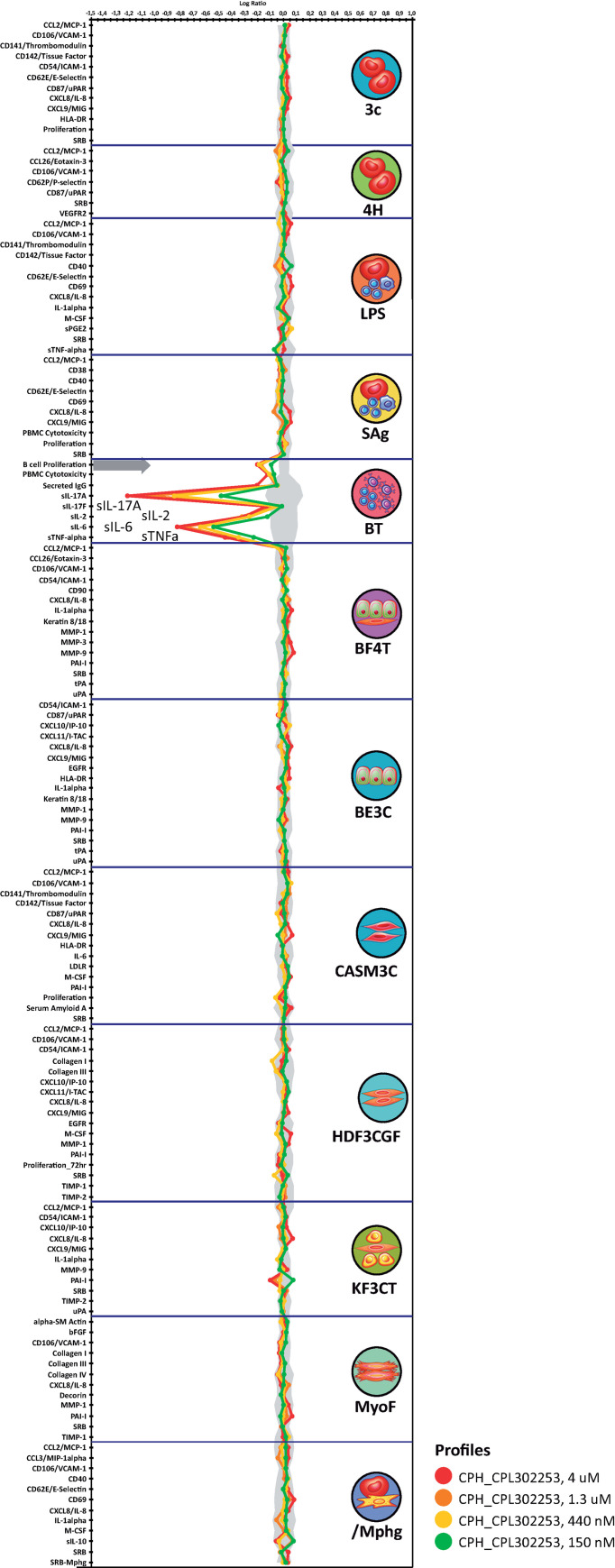Fig 2. The influence of CPL302-253 on activated human primary cells functions.
The influence of CPL302-253 on biomarker expression was assessed in the following human cell culture and co-culture systems: 3C system (HUVEC stimulated with IL-1β, TNFα and IFNγ), 4H system (HUVEC stimulated with IL-4 and histamine), LPS system (PBMC and HUVEC stimulated with LPS), SAg system (PBMC and HUVEC stimulated with TCR ligands), BT system (CD19 B cells and PBMC stimulated with αIgM and TCR ligands), BF4T system (bronchial epithelial cells and HDFn stimulated with TNFα and IL-4), BE3C system (bronchial epithelial cells stimulated with IL-1β, TNFα and IFNγ), CASM3C system (coronary artery smooth muscle cells stimulated with IL-1β, TNFα and IFNγ), HDF3CGF system (HDFn stimulated with IL-1, TNFα, IFNγ, EGF, bFGF and PDGF-BB), KF3CT system (keratinocytes and HDFn stimulated with IL-1β, TNFα, IFNγ and TGFβ), MyoF system (differentiated lung myofibroblasts stimulated with TNFα and TGFβ) and lymphsystem (HUVEC and M1 macrophages stimulated with Zymosan). Parameters measured are indicated along the x-axis. The results are shown as the log-transformed ratio of the biomarker readouts for the drug-treated sample to vehicle controls. The grey area parallel to the x-axis indicates the 95% significance region calculated based on historical vehicle controls. Biomarker activities are considered as changed when 2 or more consecutive concentrations change in the same direction relative to vehicle controls, are outside of the significance envelope, and have at least one concentration with an effect size > 20%. The anti-proliferative effect is indicated by a thick grey arrow.

